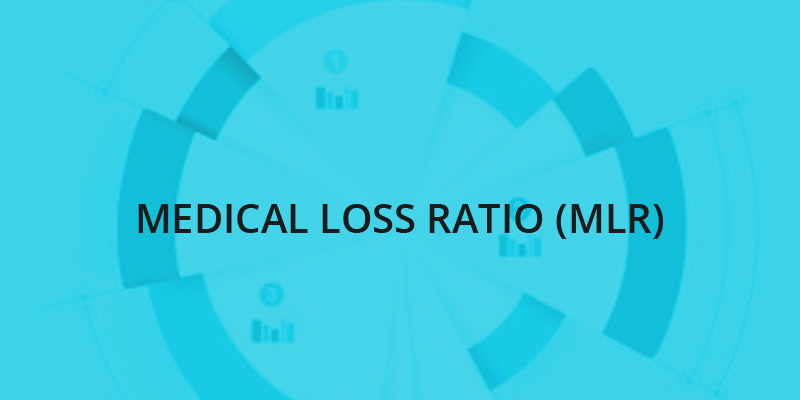Medical Loss Ratio – An Update
Few months back, I blogged about the Medical Loss Ratio (MLR) and how it might be beneficial to consumers.
A new Commonwealth Fund report states that Consumers saw nearly $1.5 billion in insurer rebates and overhead cost savings in 2011, due to the Affordable Care Act’s medical loss ratio provision requiring health insurers to spend at least 80 percent of premium dollars on health care or quality improvement activities or pay a rebate to their customers.
To quickly recap what MLR is all about…For health insurance companies, the loss ratio is the ratio of total losses incurred in claims plus adjustment expenses divided by the total premiums earned. For example, if an insurance company pays $60 in claims for every $100 in collected premiums, then its loss ratio is 60%. The Patient Protection and Affordable Care Act of 2010 now mandates minimum MLRs of 85% for the large group market and 80% for the individual and small group markets. Insurers that don’t meet those requirements must rebate the difference to their members.
The report stated that consumers in the individual market benefitted most under the MLR, receiving $394 million in overhead and rebate. Those in the small-group and large-group markets did not benefit as much and, rather, it was health insurers that boosted profit. From 2010 to 2011, small-group health insurers reduced administrative costs by $190.3 million due to the MLR, and large-group health insurers cut administrative costs by $785.3 million.
Irrespective of all these numbers and the MLR provision in the PPACA, why haven’t the insurance companies reduced their administrative expenses? Isn’t it something that is obvious? With “waste” being rampant in the healthcare system, we need more provisions to eliminate waste and provide more value to consumers. Can you think of other ways in which we can eliminate waste?
[simple-social-share]


